




| Home | Features | Club Nights | Underwater Pics | Feedback | Non-Celebrity Diver | Events | 8 August 2025 |
| Blog | Archive | Medical FAQs | Competitions | Travel Offers | The Crew | Contact Us | MDC | LDC |

|

|
 
 |
THE BLOG
|
 | ||
I know me t'interweb two point nowt and I want me chuffin'  fed to me. fed to me. | |||
| Showing 1-10 of 102 |
|||
| 1 2 3 4 5 6 7 8 9 10 11 | Back > Oldest » | ||
A whirlwind trip to Belgium to dive Nemo 33, written by Chantelle Wyatt 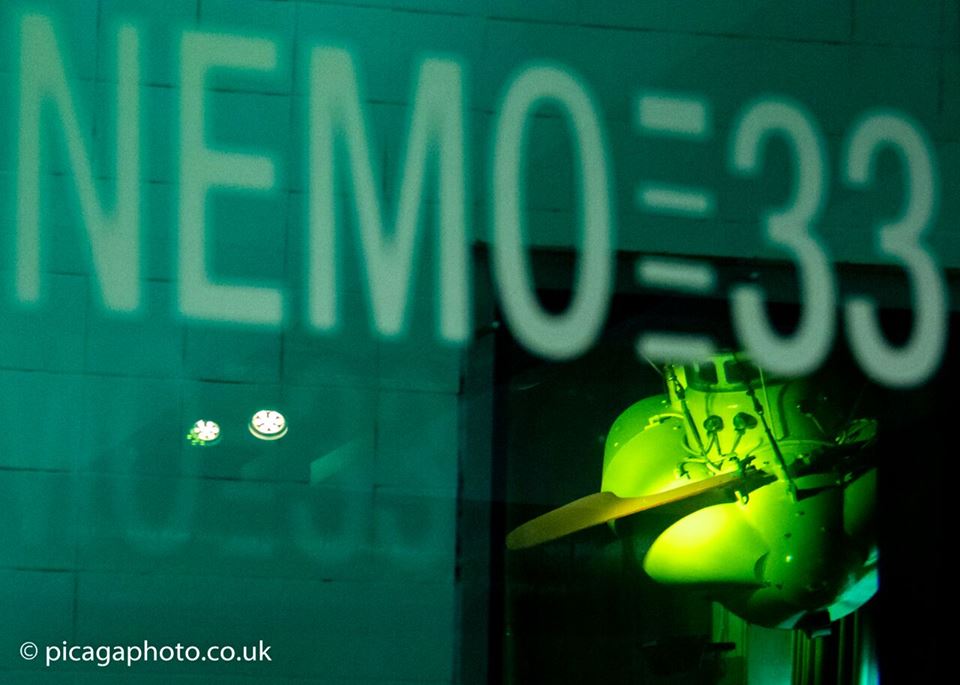  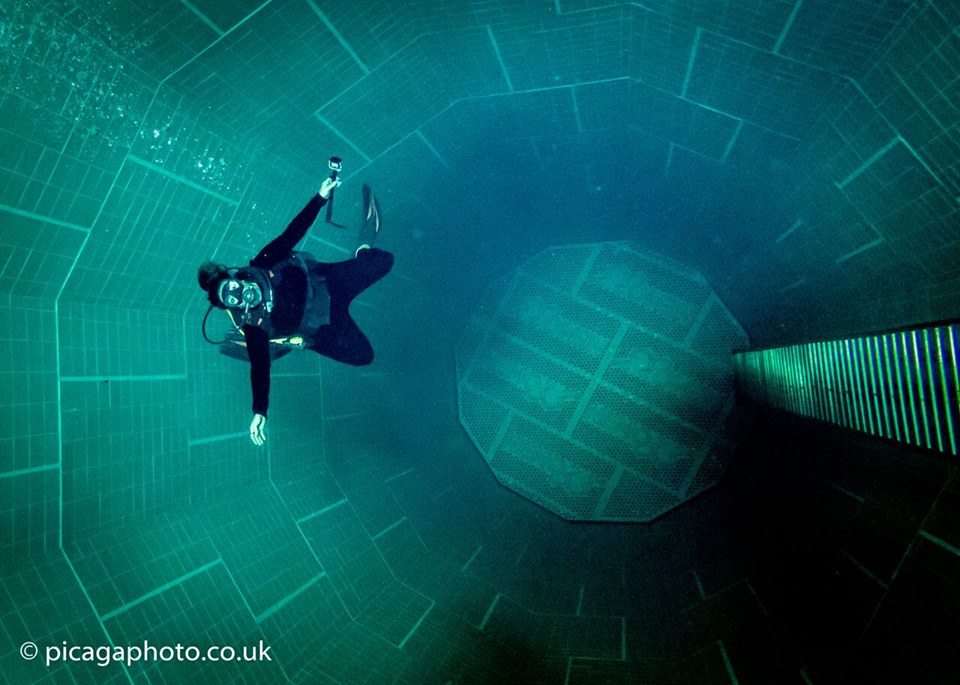 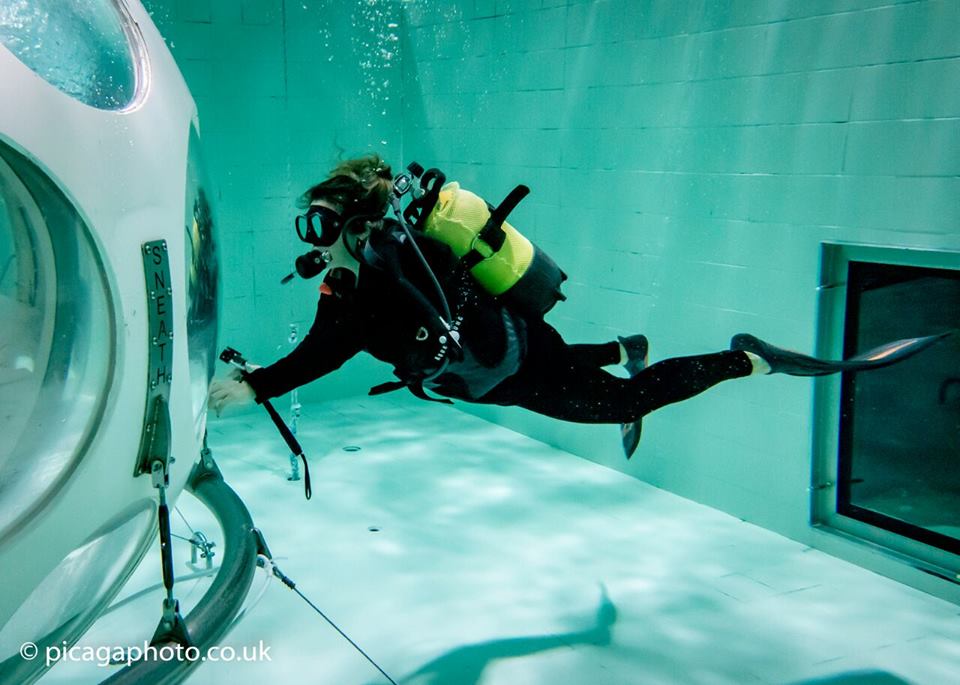 Nemo 33, an absolute bucket list dive of mine for the past few years was fast approaching with a tight schedule of only two and half days to get there and back by car with my fabulous Photographer, Radoslaw Krol in tow. We set off early, dive masks packed, Saltrock knits on and Euro Tunnel tickets in hand. The aim for this trip was to not only dive Nemo but to also see how fast it could all be done and with how much ease it could be executed.
https://www.campanile.com/fr/hotels/campanile-brussel-bruxelles-drogenbos?utm_source=google&utm_medium=maps&utm_content=BEL6&utm_campaign=Campanile Vicky |  |
||
For an even better blog than this... | |||
A Wonderful Slice Of Dive History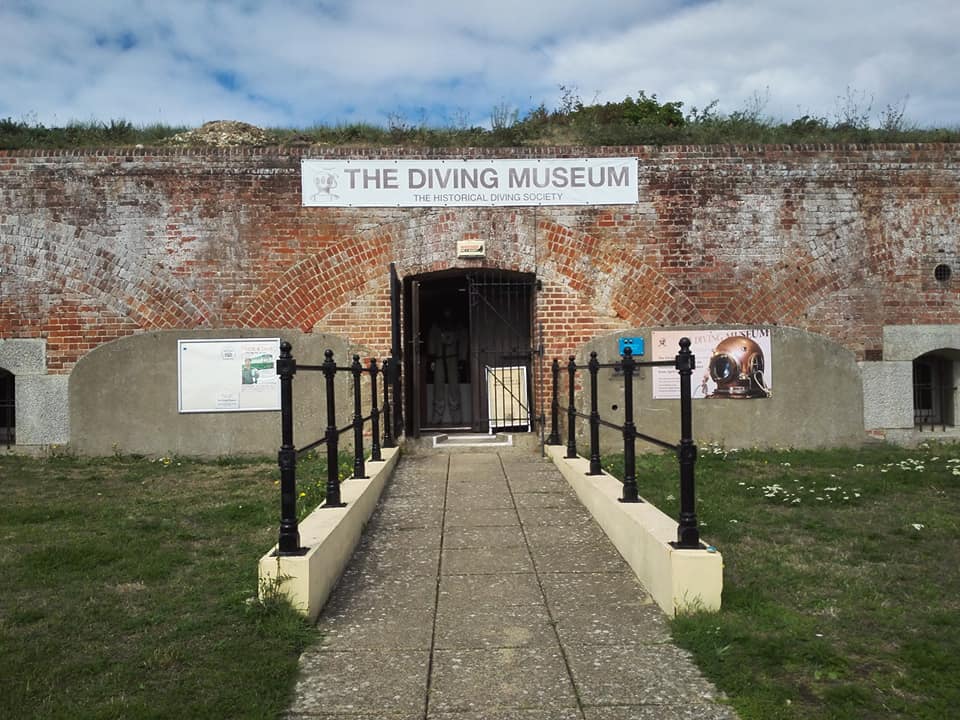 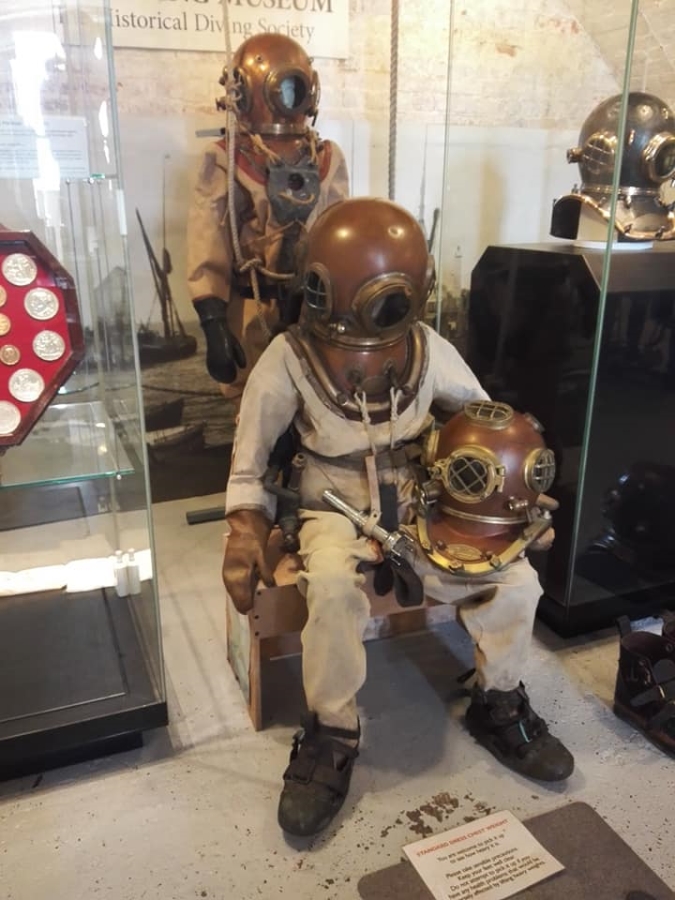 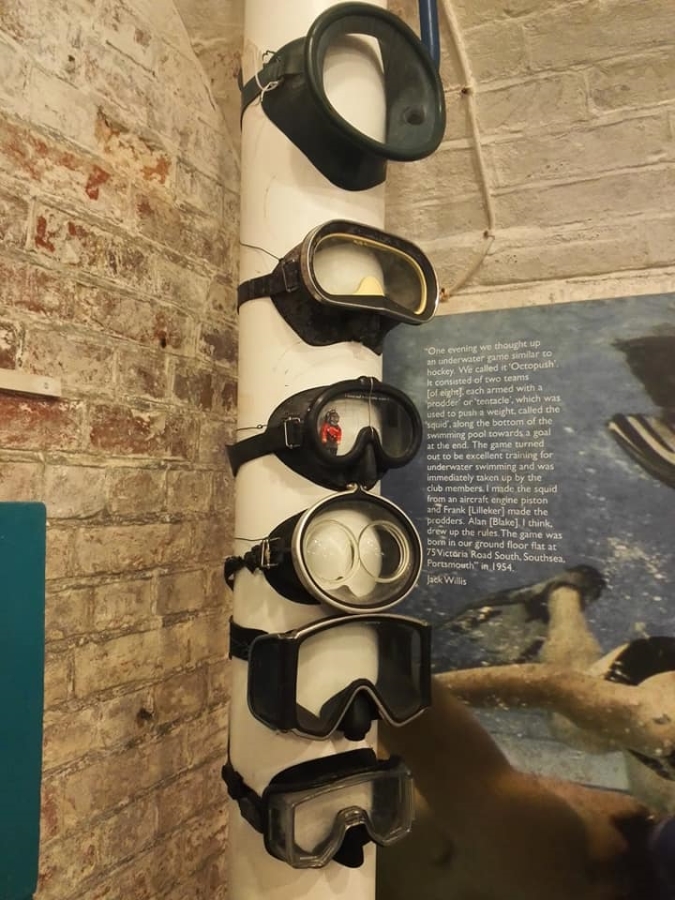 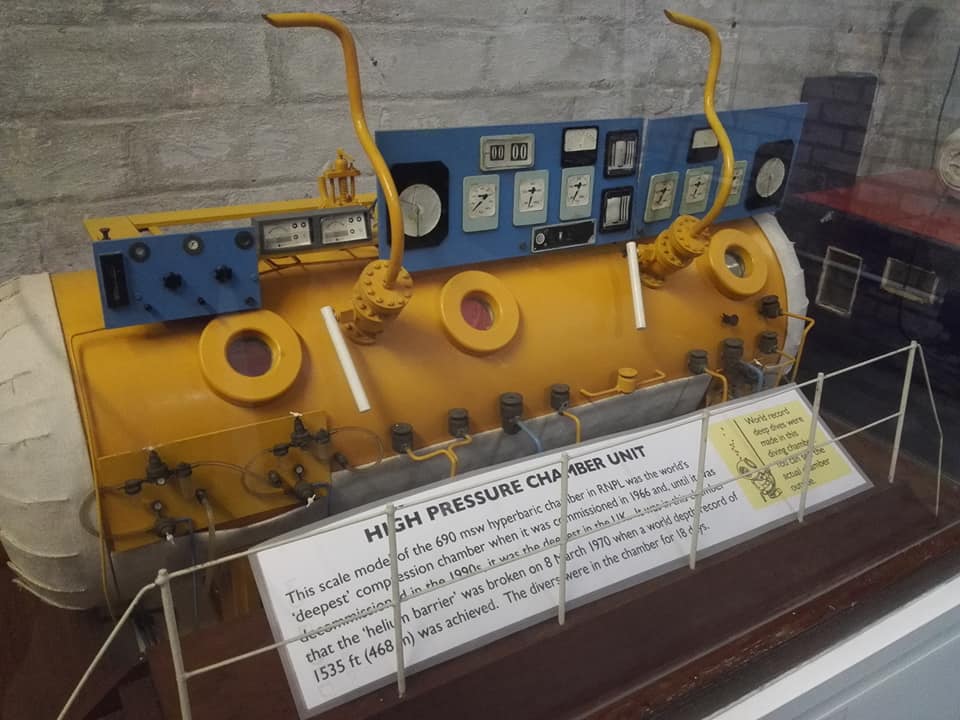 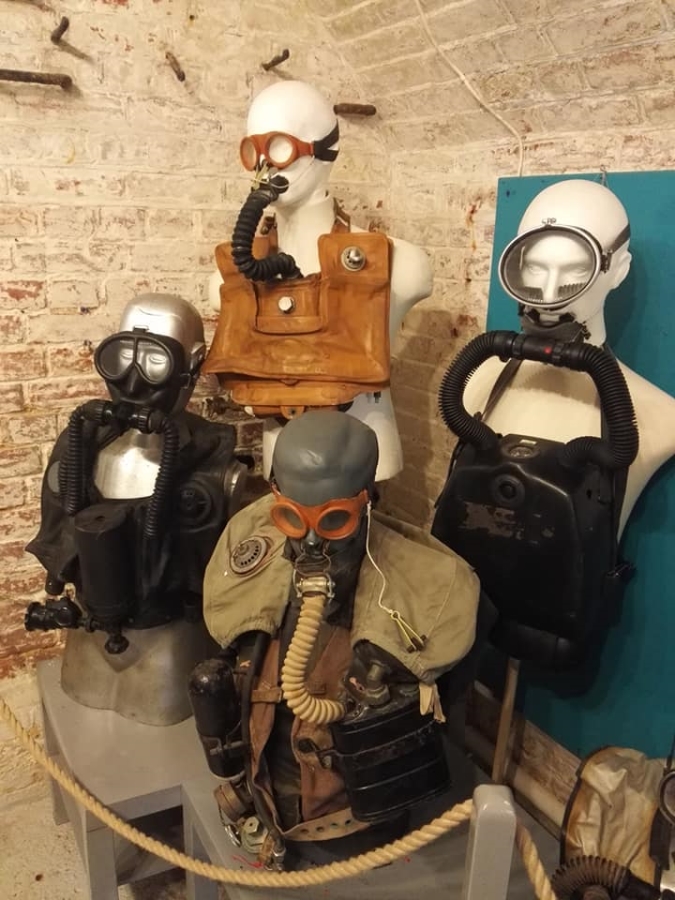 I went along to the Diving Museum in Gosport this week to get a dive history injection and I couldn’t believe I had not been before. I live in Portsmouth and this place is but a stone’s throw away. This absolute gem of a museum is a wonderful mark on scuba history with a fascinating collection of old and new dive equipment, inventions, commercial and sport gear and remarkable tales of all things diving. There are some incredible memories and historical artefacts here and one could spend hours roaming through the museum getting lost in historical moments in history frozen in images and short stories. I took my Mother along who’s dad was a diver and she (a non-diver) was totally immersed in the flow of the collection of items and the greatness of design in some of the kit. It is quite amazing how things have come along regards scuba equipment and I found it all so thrilling to look back at what was. The museum was established in 2011 by the Historical Diving Society and is located in a Victorian military battery of the shore of Gosport Solent. That all by itself is cool enough and makes it a one of a kind space of its kind in the UK. Gosport itself has claim to being the home of the global diving industry and in 1832 the Deane brothers (the inventors of the diving helmet) carried out the World’s first commercial dive just off the coast of the Isle of Wight. John Deane moved to Gosport to continue working on local wrecks and their invention suddenly made underwater exploration possible and the new ‘art of diving’ was soon practised all over the World. The prototype helmet is on display in the museum and it is wonderful to stand and stare at it and to think about where it all began. The museum is small but has a huge range of things to look at and read about including chambers, atmospheric diving suits, dive bells and equipment as mentioned. It really is a fascinating place even if you don’t dive. After having a tour of the museum, we realise the passion of the individuals who run it and protect its contents and heard all sorts about big plans for the future to expand the museum and enhance the experience. All very exciting things to come which we will indeed go back to see. I loved how child friendly this place was and for me as a kid loving all things nautical I longed for a place to go to find out more in a fun and educational environment. The museum has a kid’s zone which tells youngsters about dive facts, lets you try things on and colour things in. It’s so great! The museum is a registered charity and has no government funding. It relies on people going along to check it out and paying the small entrance fee and maybe buying a small trinket at the gift shop. It is such a huge part of our diving heritage that the thought of a place like this being lost is quite sad and so I urge anyone who is interested to go and have a look for yourself and review it or share your thoughts to friends and family to encourage more people to visit. I am so proud of the place I live and what’s nearby and spend so much time promoting how wonderful it is to other people. You could visit this museum before popping round to Old Portsmouth to see our ships or taking a stroll along the beach to the D Day museum or harbour. There is so much to do here and the dive museum should definitely be on your list.
Fabulous place! Well worth a look. By Chantelle Wyatt
Vicky |  |
||
For an even better blog than this... | |||
Meeting A Sick Sea Turtle In Fiji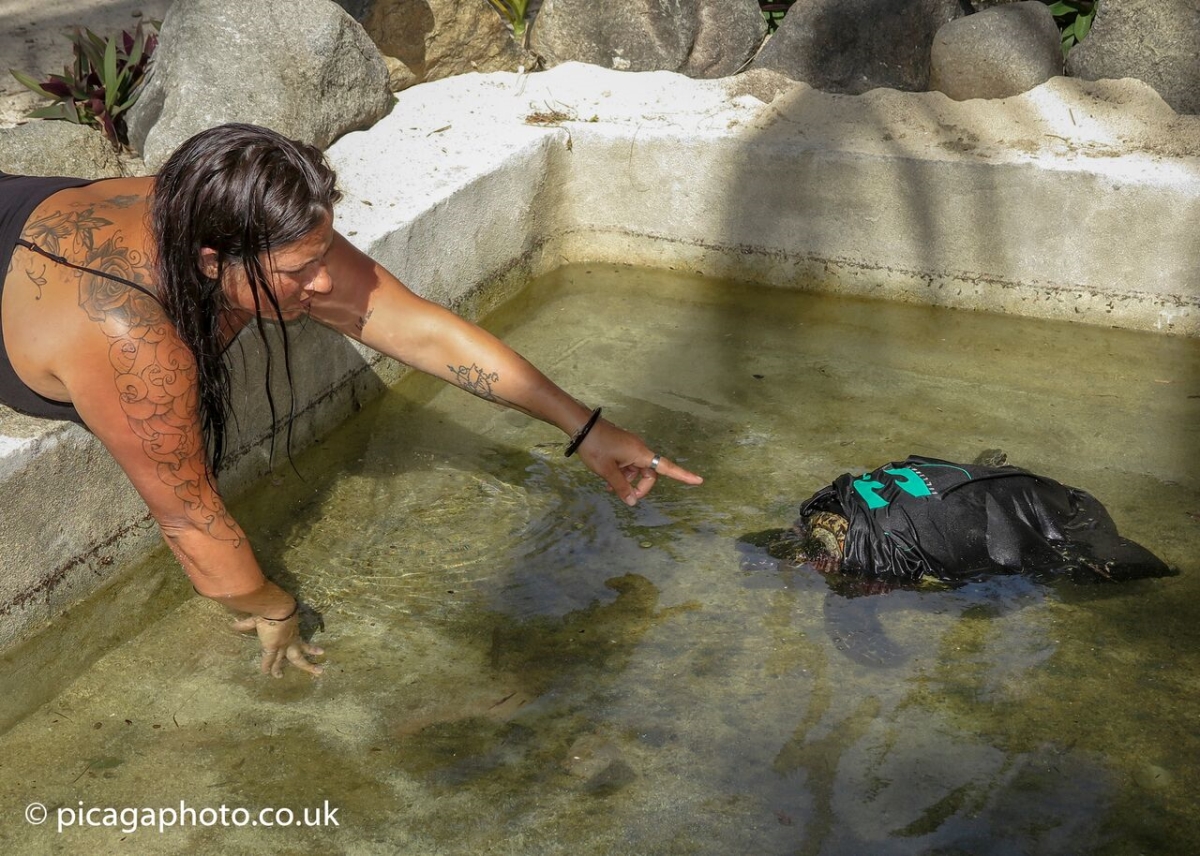 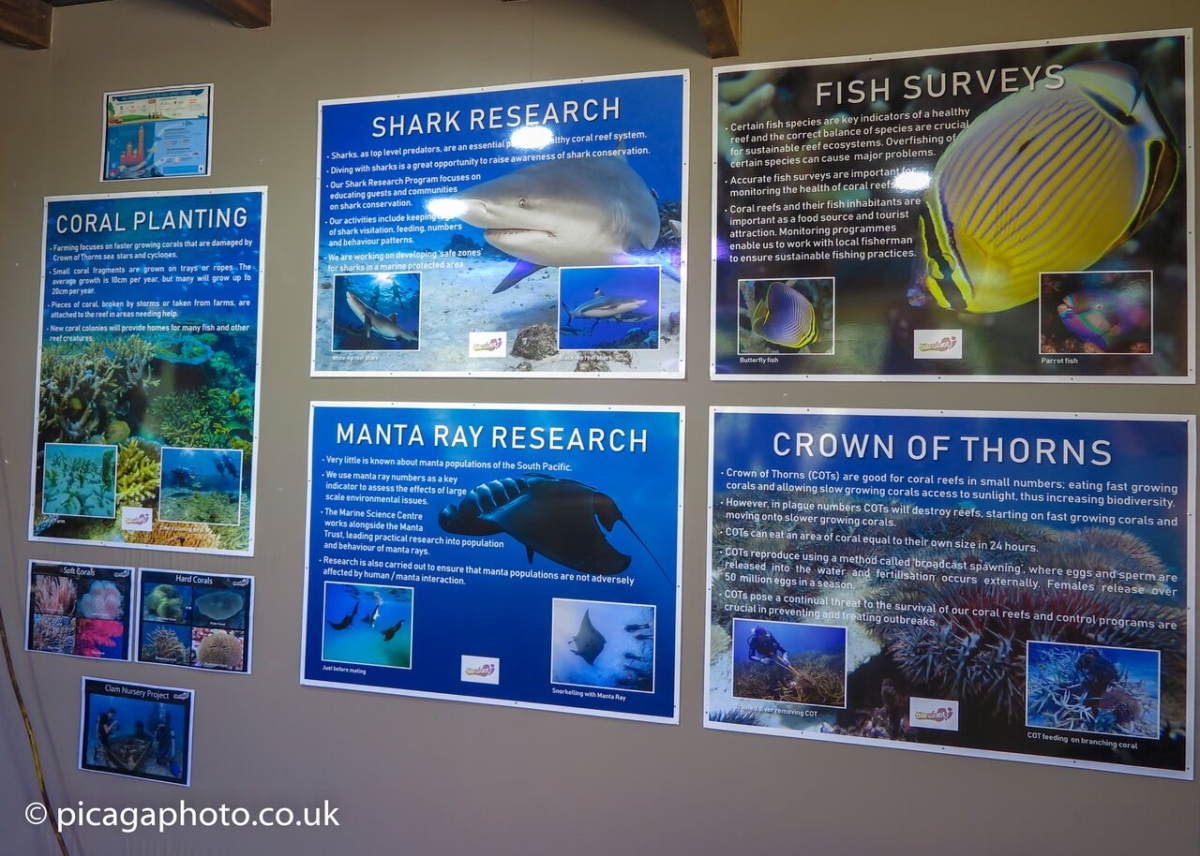 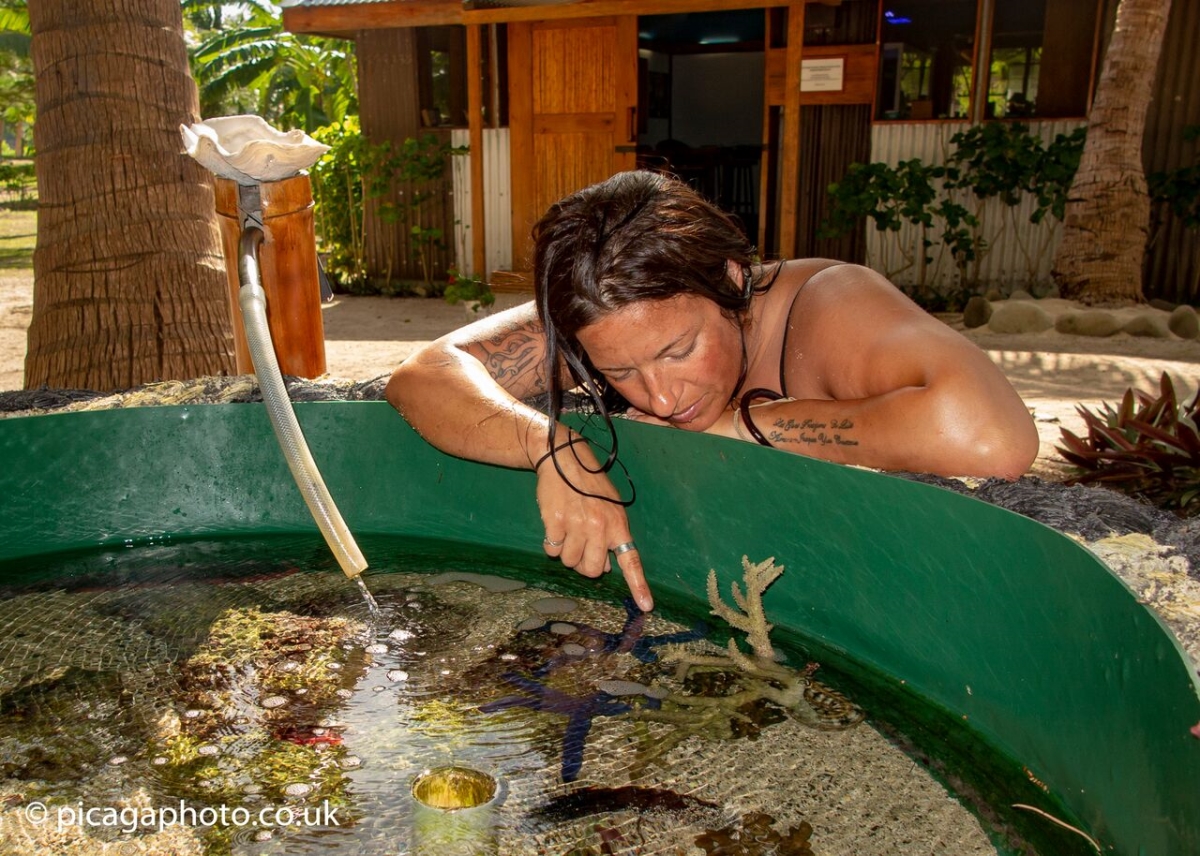 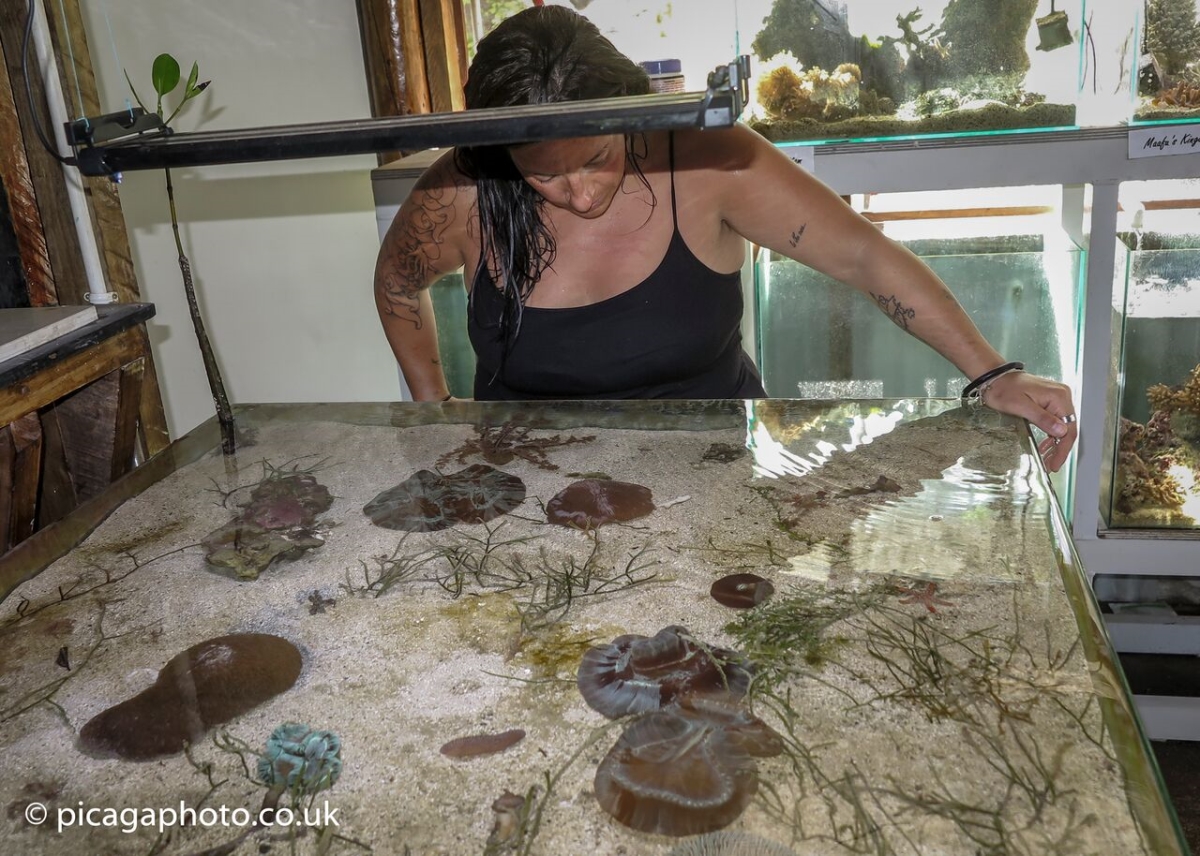  Barefoot Manta Island, known traditionally as Drawaqa Island, lies in the Southern Yasawa Islands of Fiji. The breath-taking coral gardens, situated just off the coastline, are among the finest in the Fijian isles. Barefoot Manta Island offers a tranquil environment, with the gentle sound of the waves lapping the shore. The island lodge is the perfect destination for nature lovers in search of a one of the few Fijian islands unspoiled by man. We checked out their brand new marine science lab and it was wonderful! The new lab has been built to offer island hoppers more of a chance to get involved in marine conservation. It is vital for this part of the world and its tourism industry to be active in conserving its ocean if it is to remain healthy as well as remain a popular destination for marine enthusiasts. The lab nestled on the island near one of its beaches a short walk from the main lodge is host to various species of fish and corals and a very poorly turtle that is healing in part of a rehabilitation programme. We chatted to guests about how interesting and useful they found the lab and multiple guests told us that the free tours were inspiring, educational and fun. Parents traveling with young children told us that they had picked the island specifically for its interest in marine conservation, the lab and its magical manta snorkelling tours. The saddest part of our visit was meeting the poorly turtle held in the confines of a small pool with a t shirt covering its shell for protection. This natural beauty was entangled, we were told, in fishing line and a victim of swallowing micro plastics. We all know the problems of plastics in the ocean and the damage they do to the natural environment but really stopping to think about the damage happening is terrifying. Sea turtles ingest plastics and their digestive tracts are blocked resulting in starvation and often death. Sea turtles obtain buoyancy disorders which are caused by trapped gas in their digestive systems which means that they cannot properly submerge. Some people call this having ‘float’ or ‘bubble butt’. Not being able to dive leaves them vulnerable to boat strikes, entanglement and predation. Eighty percent of plastic debris comes from land, according to the Sea Turtle Conservancy, getting picked up by wind or washed out to sea from our beaches, streets and roads. Plastic debris includes plastic bags, balloons, bottles, straws, packaging and other material as well as displaced fishing gear. There are currently over 100 million tons of plastic estimated in the world’s oceans and meeting this sick turtle was a striking reminder that this problem is very real and very current. Barefoot Manta are doing a great job at encouraging people to take notice, to take a few minutes out of their holiday to learn about what’s going on out in the Yasawas and about how they can help. This really is a very impactful approach and is encouraging tourists travel with purpose. Written by Chantelle Wyatt Photography by Radoslaw Krol https://barefootmantafiji.com/https://barefootmantafiji.com/marine-experience/
Vicky |  |
||
For an even better blog than this... | |||
Jaws Wasn't A Documentary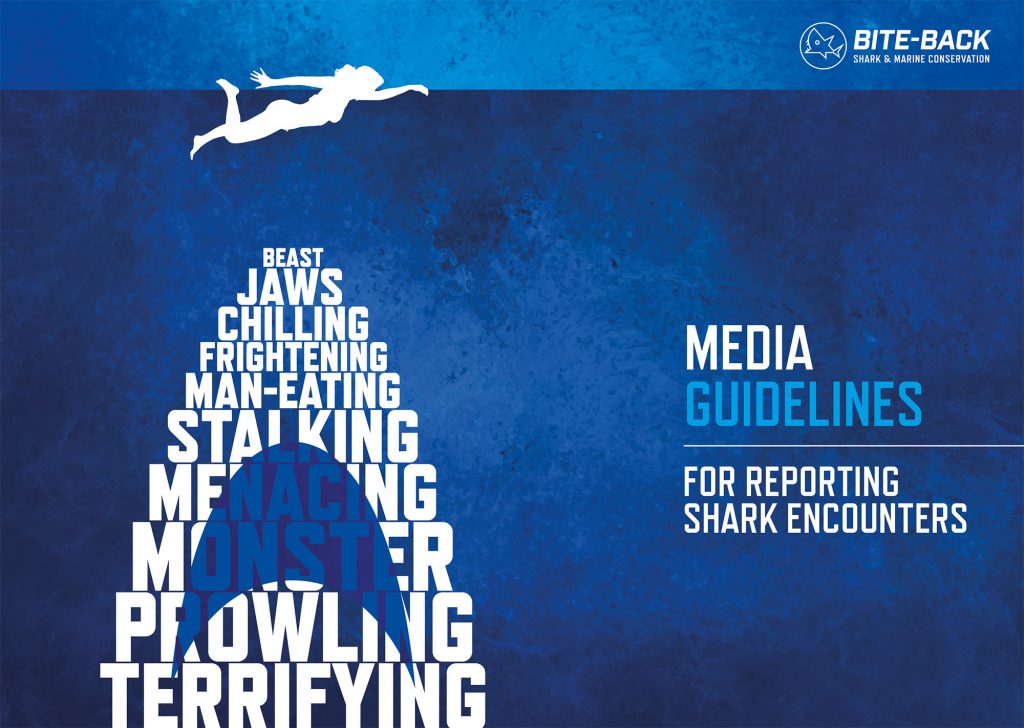 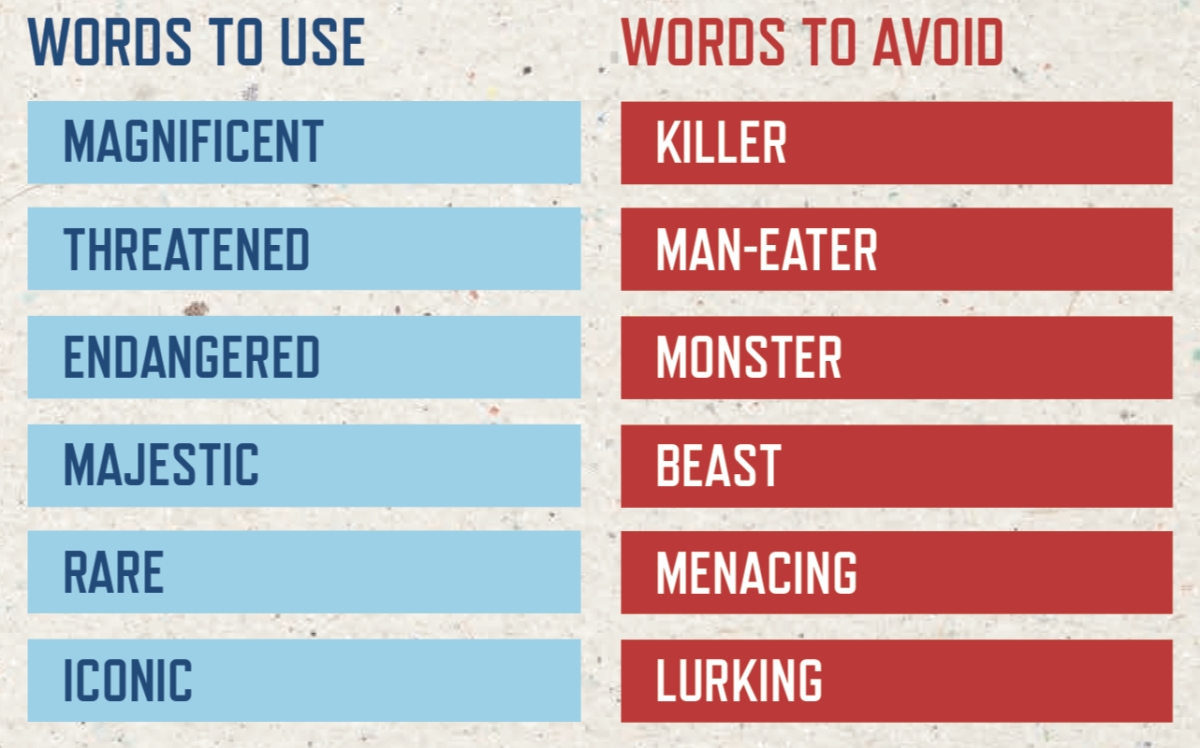 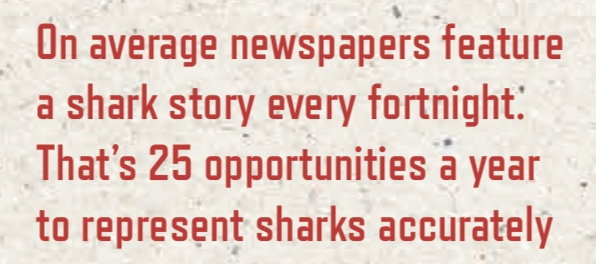 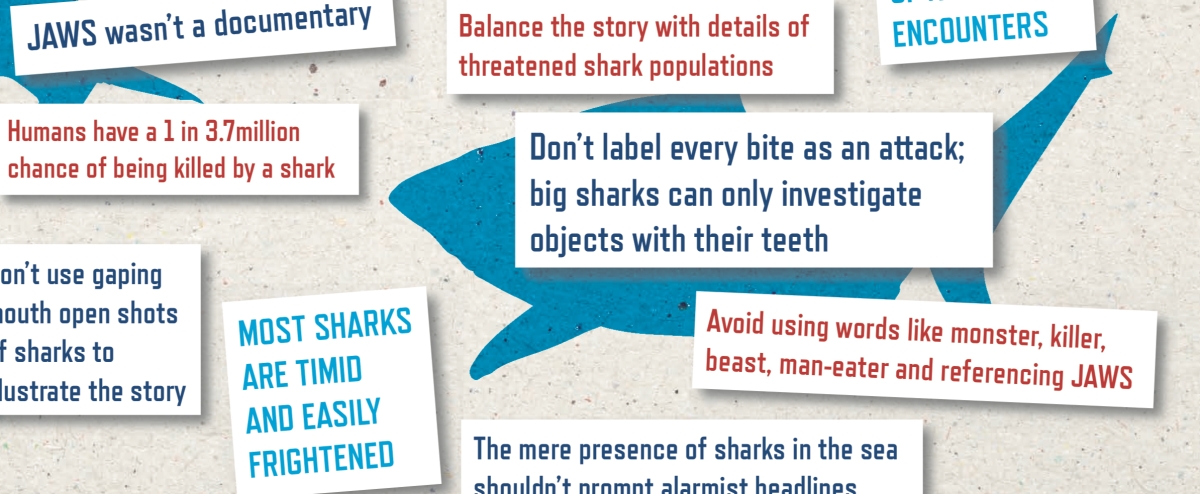 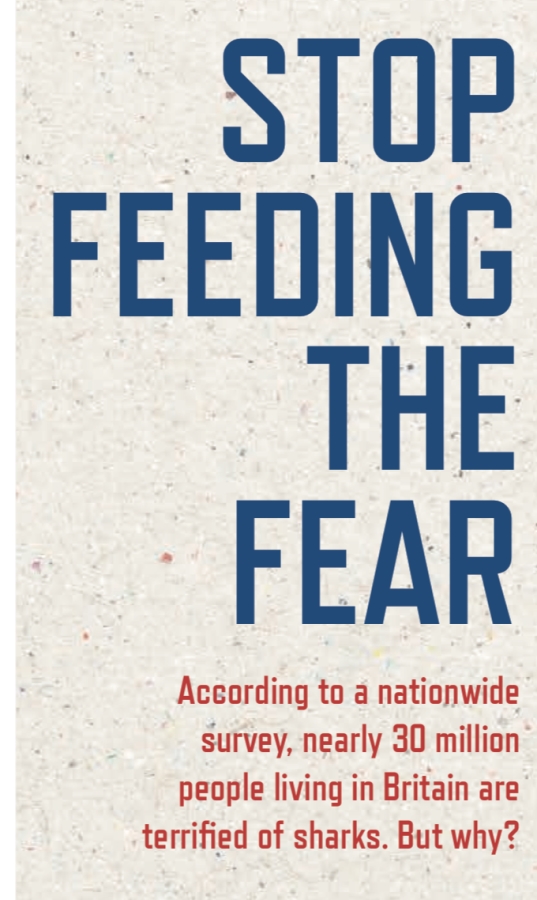 A particular pet peeve that divers, including me, suffer through is the way in which sharks are described in the media.
If you have even been lucky enough to have an encounter with one of these glorious animals, or you have googled them and worked out they aren’t all human hunting beasts then you may well know that sharks are more than just the stereotype.
So, when Bite Back release a guide calling for responsible journalism and how to be fair when reporting on sharks what else can we do but help to get it out there.
Of course, this comes as a tiny disappointment to the office staff at the London chamber as we very much enjoy picking part the hilariously incorrect shark articles in the Daily Mail and other such factual mainstream sources. Time for us to find a new source of entertainment and get sharks the good recognition they deserve.
Check out these fabulous guidelines set out by the charity Bite Back: Visit www.bite-back.com website and scroll down to the Mind Your Language article.
Or copy this link:
https://www.bite-back.com/wp-content/uploads/2018/07/BB_MGs.pdf
Thanks Bite Back, this is awesome.
VB. Vicky |  |
||
For an even better blog than this... | |||
Oyster Diving Host First Ever Underwater Summer Games in London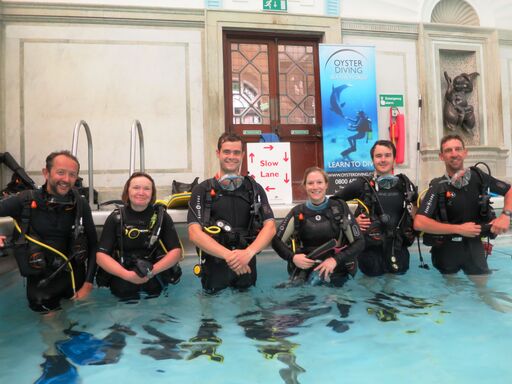 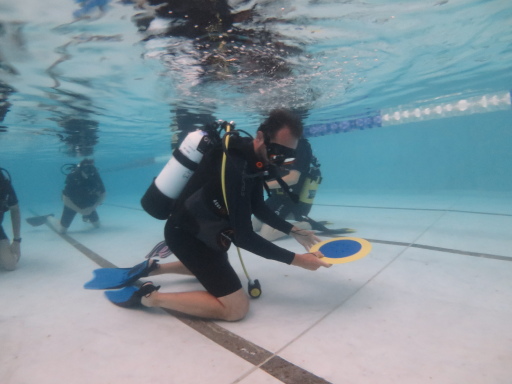 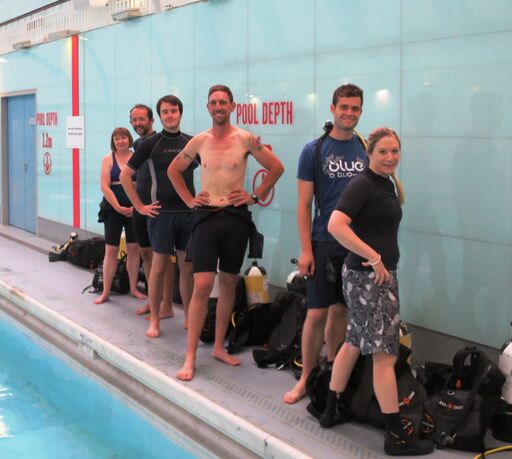 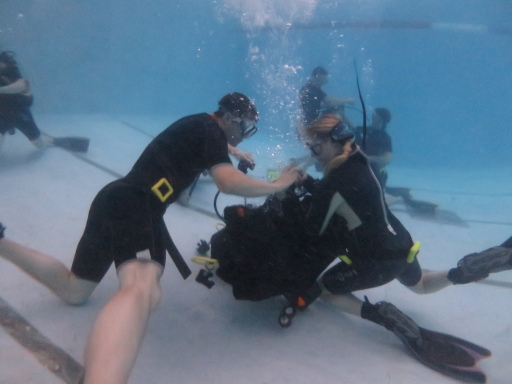 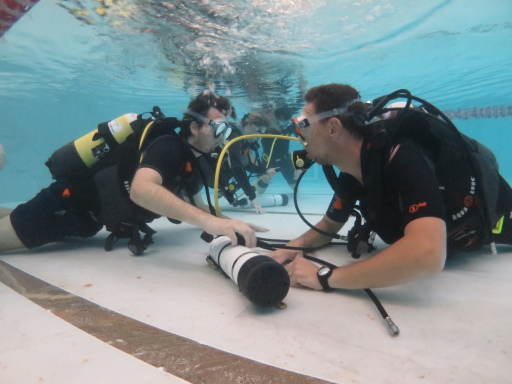 On the 14thJuly, Oyster Divingheld the first ever Underwater Summer Games; a series of Olympic style sports for scuba divers at The Marshall Street Leisure Centre in Soho, London to raise money for Excellent Development and The Scuba Trust. The championships included events such as the Underwater Discuss, 60 Metre Sprint with No Fins, 60 Metre Sprint with Fins, Fastest Underwater Equipment Exchange in pairs, Fastest Tired Diver Tow, which team could make a 3 litre cylinder last the longest, and fastest to set up their scuba equipment. Mark Murphy, from Oyster Diving said: “When we came up with the idea of the Underwater Summer Games we really wanted to start an annual event that could grow and generate some money for two really worthwhile charities. We couldn’t have envisaged how much fun that the participants have had at the same time though, and we are very excited about next years event already.” The event was hosted by ‘Dancing on Ice’ winner Vanessa Bauer who is also a keen scuba diver. Vanessa told us “I am really happy to be supporting the Underwater Summer Games as it is for two great causes. As well as dancing on ice, one of my other passions is scuba diving, so this event is close to my heart. Having it in Central London makes it easy for divers to reach and go out and celebrate their victories afterwards. Oyster Diving have done a great job putting this event together and I hope that this will be the first of many annual events”. About Oyster Diving:Oyster Diving are a multi-award winning PADI scuba diving school that offer a variety of professional PADI scuba diving course around the UK such as private lessons, group diving holidays and children’s scuba parties and an active dive club. About Excellent Development: is an international charity that helps people around the world living in drylands to build sand dams enabling them to access clean drinking water therefore being able to grow enough food to feed and support their families. Sand dams have been used for thousands of years and they are a proven way of supplying communities with a lifelong stock of clean water, changing thousands of people’s lives. About Scuba Trust:The Scuba Trust helps those with disabilities to experience the wonders and freedom of scuba diving. The Scuba Trusts aim is to deliver a level playing field by arranging the appropriate training and obtaining the much-needed funding to subsidise applicants who, due to disability, encounter difficulty in finding suitable instruction and who may face a greater outlay for training and recreation diving after certification. Vicky |  |
||
For an even better blog than this... | |||
Tanked Up's Chantelle Is Checking Out A Fujian Marine Recycling Project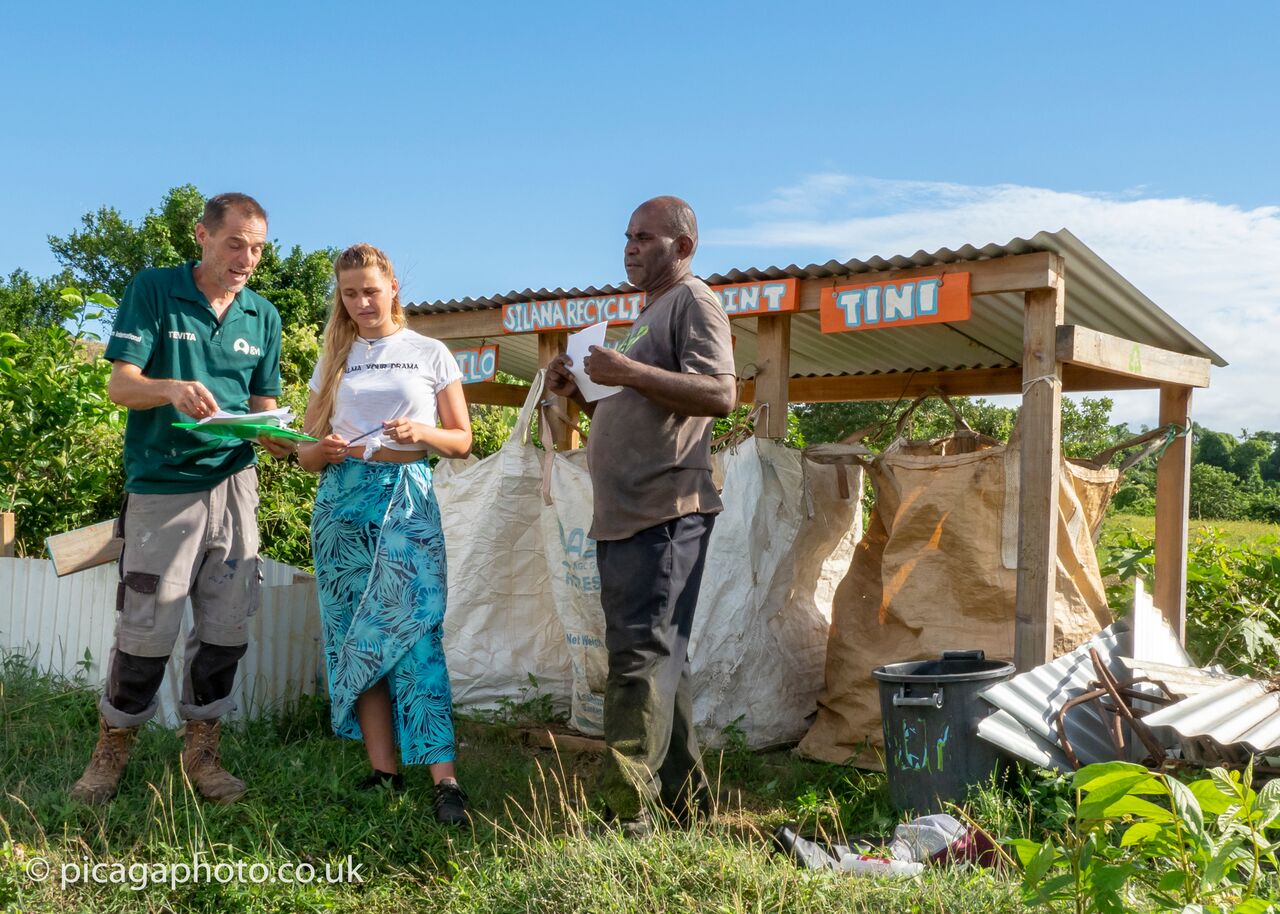 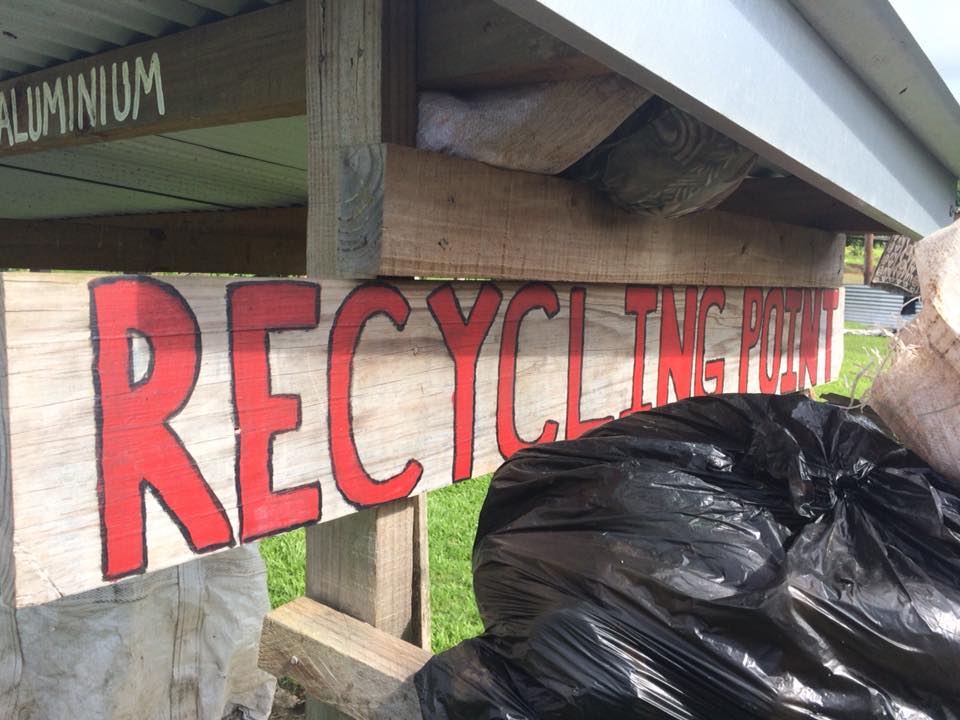 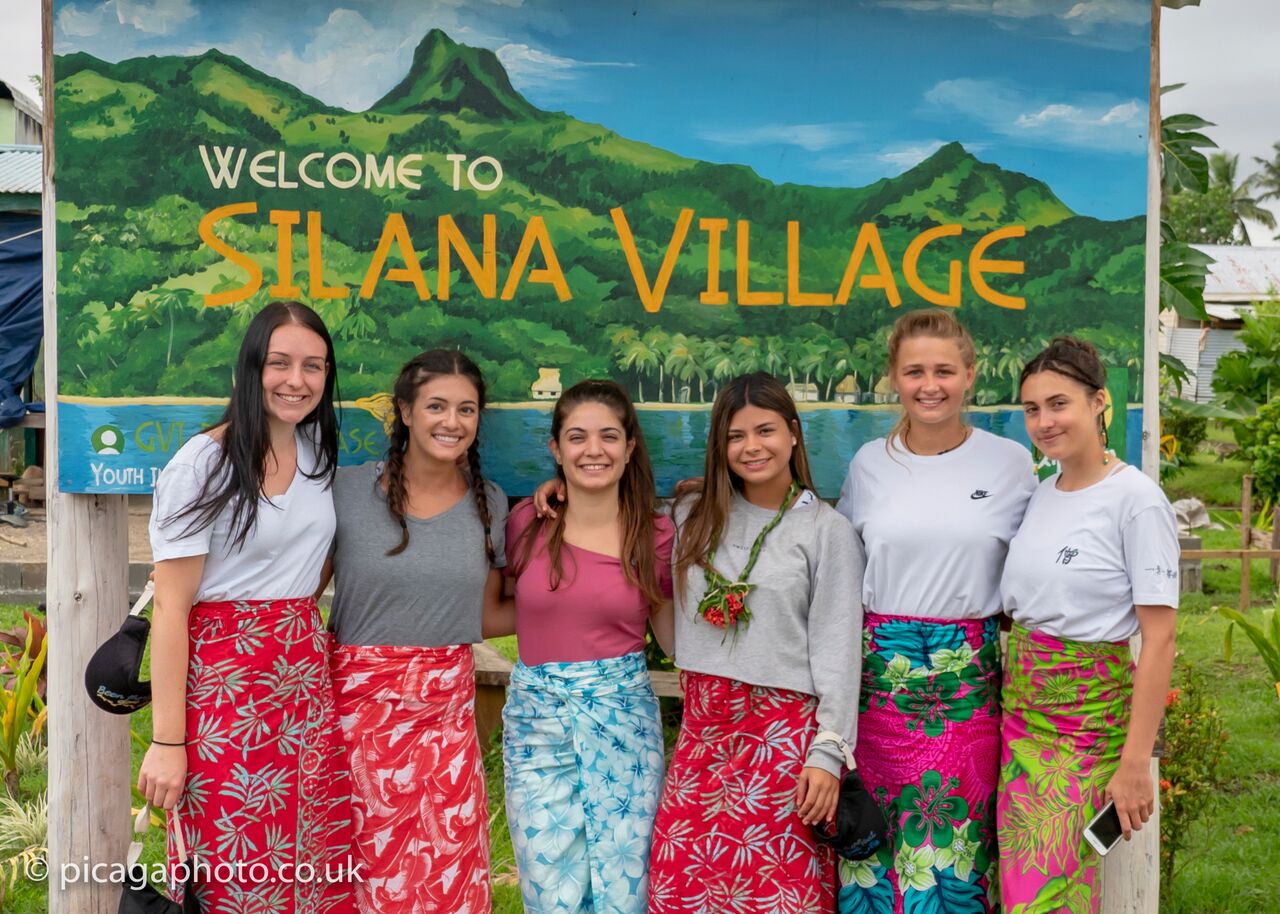 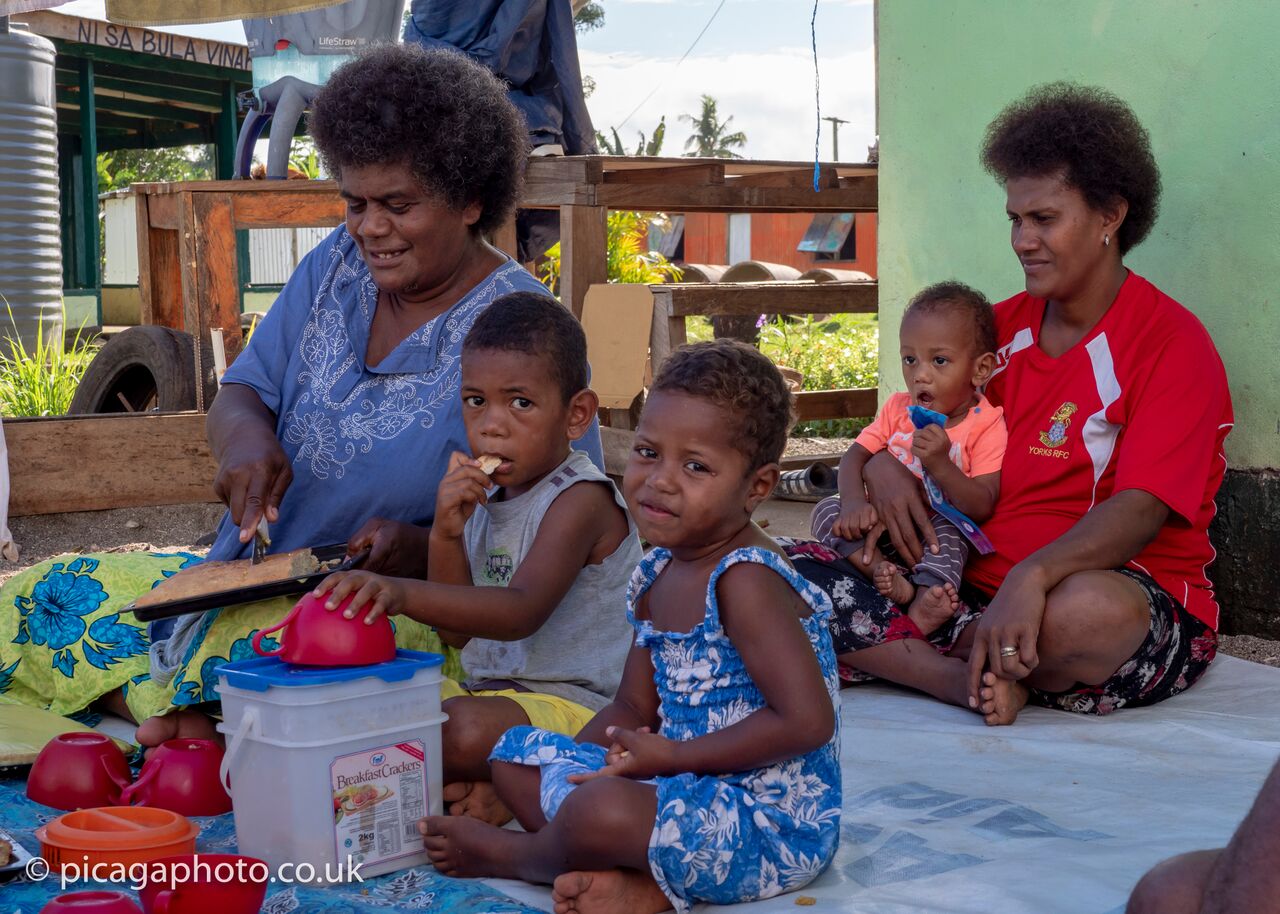 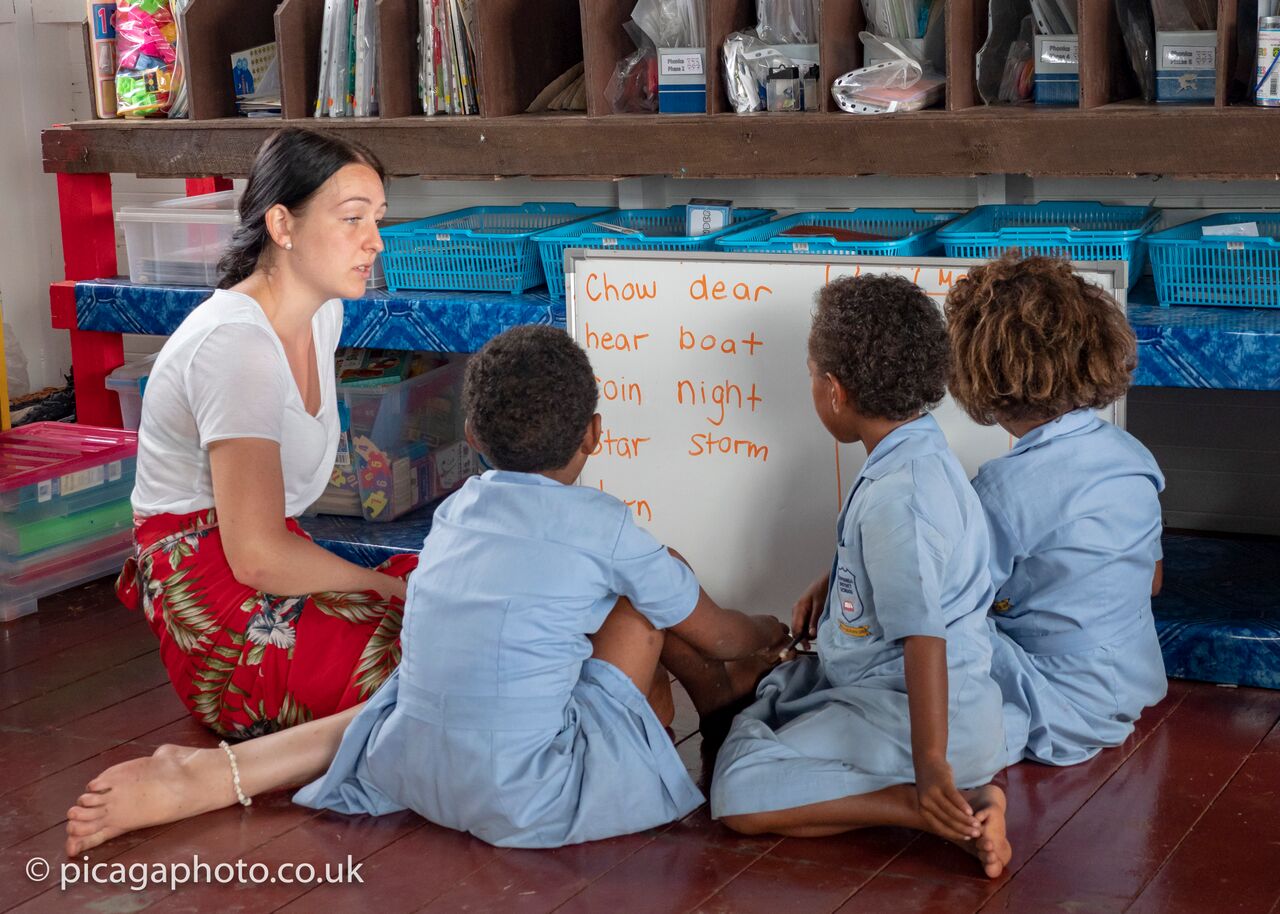 Dawasamu Recycling Programme in incredible Fiji.Recyling Ordinator for GVI Fiji, we were left more than excited about heading off to Silana Village to find out about their community projects and most excitingly, their recycling programmes.
This stunning village, fringed by the coastline is picturesque and there really is no other way to describe it. Lush green vegetation, hills, mountains, a crystal sea, neat and tidy pathways leading to traditional style bures and some of the most smiley people I have ever seen! It is really important to start by saying that this village and others surrounding it was totally destroyed by Cyclone Winston in February 2016. The cyclone was the most intense ever recorded in the Southern Hemisphere. The storm rapidly intensified and winds were recorded at speeds of up to 175mph. The storm destroyed Fiji and the country declared itself in a state of emergency. GVI were based in Fiji before the cyclone hit and returned to help manage the aftermath which left people’s lives destroyed. Driving up to the village was a striking reminder of how recently this disaster actually was. Tree’s still stripped of leaves and homes and facilities still being rebuilt, it was painful to actually be in this place that I saw all over the news only a few years before. GVI have been a major influence in the restructure of this area with the total participation of its locals. One of the lovely things that came out of it was the comradery and team work and the illustration of the rich culture and community feel that visitors of Fiji have always boasted of. I met with gorgeous Michele Comber, Base Manager at Silana who sat me down and talked me through everything that the village does and that GVI are working towards. We, in true Fijian style nattered over tea and cake and talked about ongoing, new and desired goals and Michele was inspiring. I could have listened to her for hours, so insightful and passionate about what she did and what she and her team had achieved here. The recycling projects took off right away, with recycling check points dotted around villages and monitored by GVI with volunteers starting to work with community members and village Headmen together about how the systems needed to work to have positive impacts. We explored various villages and local schools to investigate recycling check points and it became very evident that the systems put in place by GVI were working. Rubbish was sorted into different bags, aluminium, plastics etc and most importantly there was rubbish there! People were recycling and had obviously seen value in doing so. I remember walking along the beach that lined the village searching for litter and being genuinely surprised that I found so little. I predicted I would see the shore covered in straws, coco cola bottles, wrappers and plastic bags and feeling slightly ashamed that I had assumed there would be. I recorded a short video at the time and watching it back remember feeling pleasantly shocked. I walked along investigating shells and critters instead and it was wonderful. A local carrier was hired originally and the cost split between GVI and the village youth. The carrier made its way down to Suva, a two hour trip to an official waste recycling unit to drop off its load. Transporting all of the rubbish collected was perhaps one of the biggest challenges to consider considering the districts isolation but in true GVI style it is being overcome with new and innovative ways to maintain the regular transfers. GVI have made strong links with the Ministry of Environment to build positive working relationships and are successful in forming those communications which ultimately will improve the state of waste management in rural areas. One of my most special moments in the village was when I was chatting to a villager. We sat around sipping tea and scoffing cake after he kindly grabbed my collegue and I as we walked past his home and he invited us in. He had no idea why we were there, our intentions etc but out of nowhere spoke to us about how Silana, his village was being rebuilt into something special. He told me that he knew what was important, that the environment was changing and that Winston showed him that we needed to change with it. He was talking about climate change and I remember thinking how special that moment was. He also talked to me about how much he wanted his children to learn about it. We discussed the lessons GVI run in his children’s school about sustainability and the impact of what our actions now have in the future. It was the most refreshing conversation. This wonderful man, living in this tiny village in the middle of nowhere could understand what humanity and our habits is doing to the environment and he knew that if it was to change the best chance we had was teaching our children to invoke that change. It was kind of mind blowingly lovely. We all know how important recycling is and how much of what we don’t recycle manages to find its way into our oceans and how much of a terrifying thought that is. We see images of what it is doing to our marine life and where it ends up what we are loosing. I left this village and this project hopeful that if it was working here, it could work anywhere. I left inspired and motivated. That is what being in a place like Silana does to you, it shows you a light at the end of the tunnel, people who have experienced heart renching loss and still manage to change the World one step at a time, one piece of plastic here and one plastic bag there. Written by Chantelle Wyatt Photograophy by Radoslaw Krol and Chantelle Wyatt Vicky |  |
||
For an even better blog than this... | |||
DOUBLE TOPS FOR DIVECREW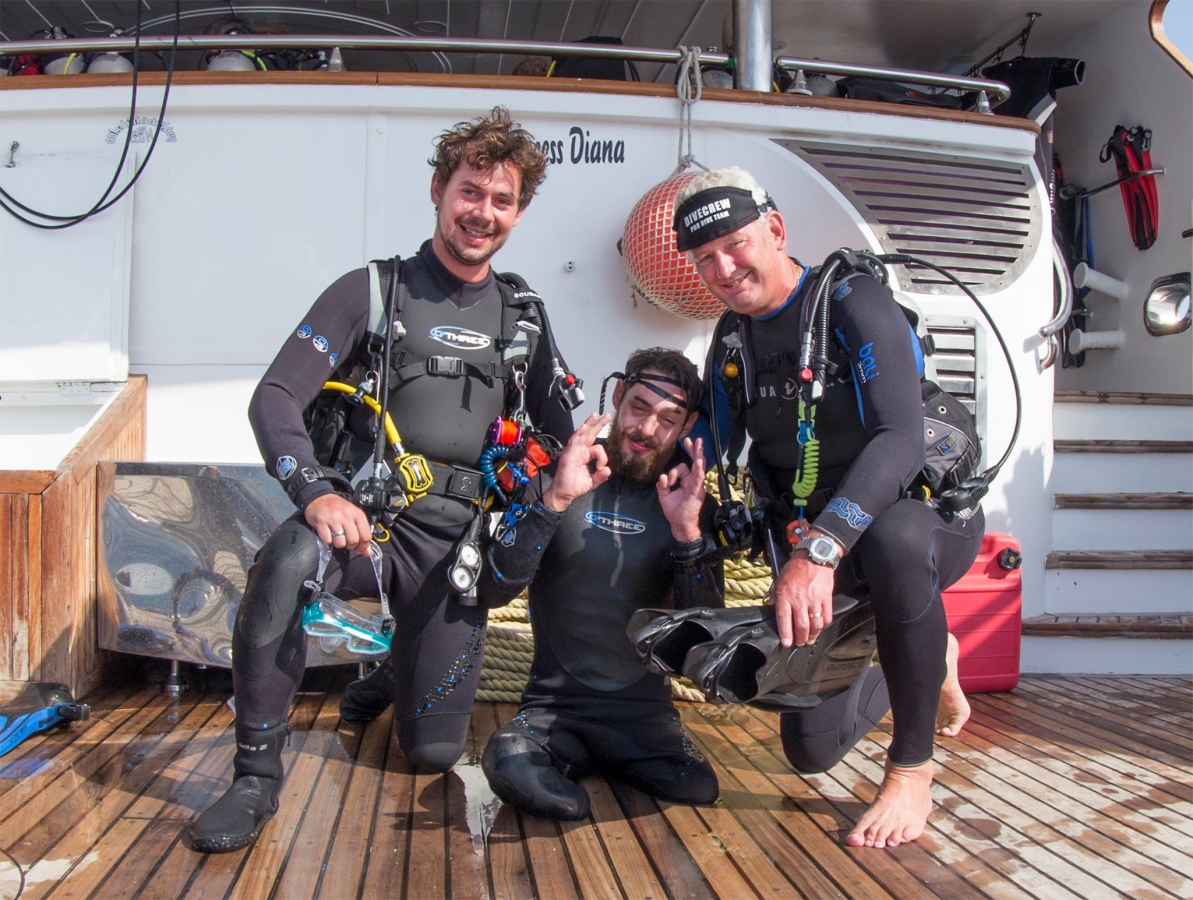 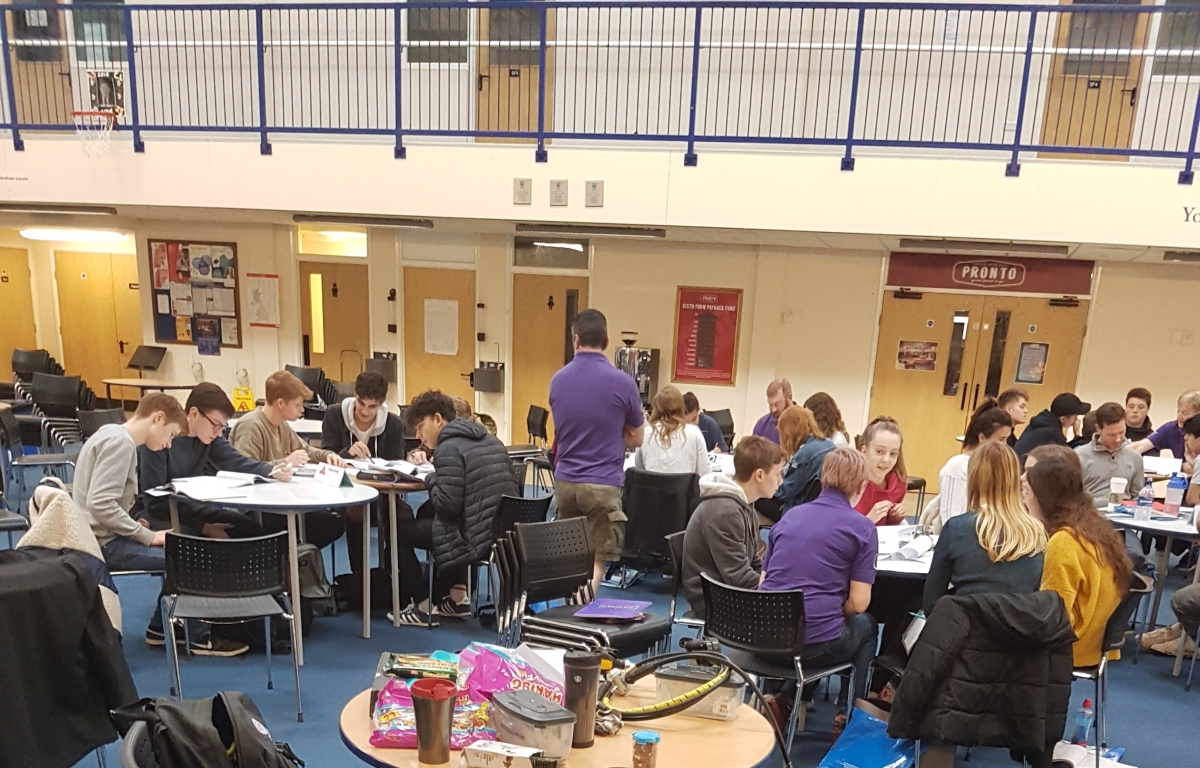 The family scuba diving business Divecrew based in Crowthorne has just won two major business awards. Divecrew is a PADI 5 Star IDC (Instructor Development Centre) Centre, a PADI Approved Youth Training Centre and the UK’s only Gold Star IDC Centre.
Divecrew won the Federation of Small Businesses (South East) Family Business of the Year for 2018. They also won the award previously in 2017. This year they were shorted listed by the Federation in to the final 12 nationally, but unfortunately was piped by another worthy winner.
Following on from this success Divecrew were nominated in the UK Enterprise Awards and won “Best Diving Services and Holiday Firm 2018”.
Co-owner Martin Weddell stated, ‘This recognition is humbling and really superb acknowledgement for the professional team of Divecrew. My wife and I bought the ailing business six years ago and with our previous corporate business life being in leisure, we have changed its fortunes around. Divecrew has now enjoyed five years of continuous growth.
We believe in very high standards of professionalism and have diversified into new and innovative areas of scuba diving teaching.
Divecrew are the UK’s only Gold Star Instructor Development Centre due to our work with adaptive teaching. We are world leaders in teaching techniques to make scuba diving accessible to the physically and mentally challenged. From teaching injured troops (Improvised Explosive Device casualties) through the charity Deptherapy, to working in the community, students with MS, Autism, partially sighted and profoundly deaf. The benefits of scuba diving are immense and we shall continue with our strategic direction of increasing quality and pushing new boundaries. To facilitate this we have invested time and resources into our professional team. Our team are adaptive qualified, enhanced DBS licensed, NVQ level Understanding Autism, NVQ Level 2 Understanding Mental Health and certified in Safe Guarding Children and Adults’. I don’t know of any other dive centre that goes to this professional level of training’.
Business is good for this Gold Star organisation and Divecrew are now working hard on seeking to open another Divecrew facility, in neighbouring Hampshire.
Divecrew are funding free try dives for Forces Personnel at Aldershot Garrison to celebrate Armed Forces Day Saturday 23rd June 2018. If you are in the armed forces or are a family member contact Divecrew and book your free try dive.
If you would like any more info get in contact with Divecrew: info@divecrew.co.uk
Vicky |  |
||
For an even better blog than this... | |||
|
Diving and Dragons Which area has the highest biodiversity of marine species? Coral triangle. The Scuba Fitness Coach and Tanked Up contributor Kristen has just got back from Indonesia and Bali and has shared some of her awesome photo memories with us. Kristen specialises in scuba fitness, this has a million different benefits for divers including reducing the risk of DCS, and we met her last year when she put our docs to the fitness test. Have a read of the latest issue and if you want to know how to get up off the sofa and get motivated ready for the summer season check out her site for more info now: www.thescubafitnesscoach.co.uk \"Diving and Dragons! Now that’s a combination! My husband and I recently went out to visit a family member in Bali and decided that this would the perfect chance to visit Komodo National Park as we would be so close. We couldn’t pass up thisopportunity having heard and read such great things about the scuba diving here. We caught a flight from Bali over to Flores (the launch point for diving the National Park), which took about 90 minutes and spent the night on Flores island. We were to get on our liveaboard first thing the next day which would be our home for the next 3 nights. We decided to travel and dive with Uber Scuba Komodo after reading a review about them in a diving magazine. They did not disappoint and neither did the diving! The diving around Komodo National Park was amazing and for me it was paradise. We were constantly surrounded by fish of all shapes and sizes, it was mesmerising. Sometimes you couldn’tsee the ocean through the sheer amount of fish! We saw huge, majestic Manta Rays (one so close I could have kissed him if I didn’t have my reg in my mouth), reef sharks, bamboo sharks, bumphead parrot fish, cuttlefish, giant trevally, barracuda, napoleon wrasse, turtles, the list goes on. I also saw so many tiny animals I had never seen before – including a ghost pipefish, mimic octopus and leaf fish. There are some very strong currents around these islands, some of the strongest I have encountered which, for the majority of the time, you had to swim against. I was grateful to myself that I was fit enough to still enjoy the dive without feeling tired and using up my air really quickly. In some places even the fish looked like they were struggling! There was one dive site with a section of it aptly named ‘the shot gun’ where you got to ride with the current. Before you knew what was happening you were literally being fired out of a reef bowl at such speed that it made you feel like an underwater version of Usain Bolt. I’m sure it wasn’t quite that fast but you get my drift (no pun intended). It was great fun! Our visit to Komodo National Park wouldn’t have been complete without seeing the Komodo Dragons, so on our last day we visited Rinca Island where it is estimated that around 1300 of them live. They were huge, about 3 metres long from tongue to tail and they are known to be very fast when they want to be (around 20kmph) with a venomous and deadly bite. I remember scanning the rest of the tour group and noting two things; (1) my flip flops probably weren’t the best choice offootwear if a quick getaway was needed and (2) although I may not be able to out run a Komodo Dragon in my flip flops, I was pretty sure I could outrun some other members of the group, so aslong as I wasn’t the slowest, I should be ok. We walked a mini circuit trail on the island seeing a few dragons along the way and taking in the wonderful view of Komodo National park on the top of a hill. A great way to complete our Komodo National Park trip. If you get the opportunity to dive here and say hello to the Komodo Dragons, do so, it was absolutely wonderful and I highly recommend it.\" Written by Kristen. www.thescubafitnesscoach.co.ukwww.thescubafitnesscoach.co.uk Enjoy the vistas. Vicky |  |
||
For an even better blog than this... | |||
Summer Games in aid of Scuba Trust and Excellent Development for Water Relief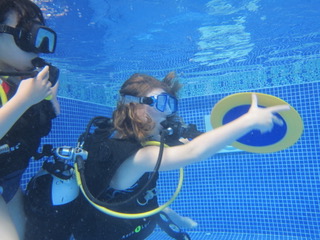 The 2018 Underwater Summer Games will kick off at 6pm on 14th July in the heart of London\'s West End. The event being hosted by Oyster Diving will consist of lots of Olympic style scuba diving competitions including a 100m underwater sprint – no fins,100m sprint – with fins, 200m underwater sprint, 1500m underwater distance swim, Slowest breather – how long can you make a 3 ltr tank last, Underwater discus and Underwater javelin. There will be 12 spaces available in each category and there is a £10 entry fee to participate. All of the profits raised will be split equally between the charities ‘Excellent Development’ the charity behind WaterRelief, and the ‘Scuba Trust’. Entrants are welcome to generate additional sponsorship for the charity of their choice. WaterRelief by Excellent Development provides a solution that can accomplish many life-improving qualities in dryland areas including Africa. A few of the benefits include providing unlimited clean fresh drinking water to villages, growing crops for medicine and food, freeing up time to allow children to go to school, and creating a place where endangered species can graze and drink water. Just £10 (the entry fee to one tournament) is enough to give one-person FREE WATER FOR LIFE! The Scuba Trust helps those with disabilities and their friends experience the joy and freedom of scuba diving. The aim of the Scuba Trust is to provide a level playing field by arranging training and obtaining funding to subsidise applicants who, due to disability, encounter difficulty in finding suitable instruction and who may face a greater outlay for training and recreational diving after certification. Both Aqua Lung and TUSA have already kindly donated prizes to the event for the winners of each challenge. If you would like more information, to participate or volunteer in the 2018 Underwater Summer Games then please visit www.oysterdiving.com/underwater-summer-games .
Vicky |  |
||
For an even better blog than this... | |||
Do you know your Toe End from your Mushroom? Or your Deadman's Head from No Teeth Bridge? Me neither bu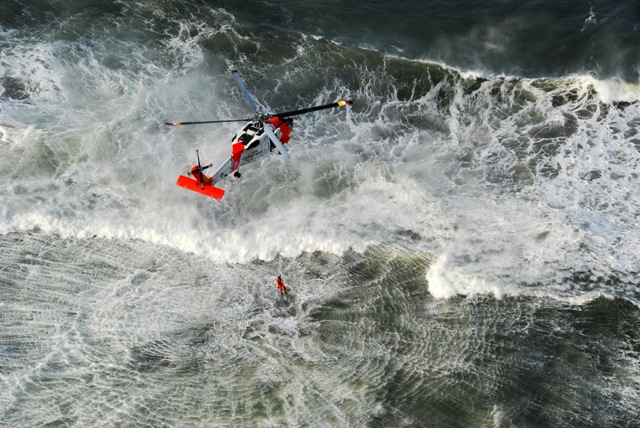 What’s in a name? Do you know where to find your Nuncle Dicks or your Tom Tiddler\'s Field? Here’s half a million reasons why Ordnance Survey (OS) is helping HM Coastguard save lives.
A distress call comes in. HM Coastguard swings in to action, time is of the essence, but the chances that the caller has a grid reference, post code, road name or the official title of a landmark is by no means certain. However the caller might well know the local nickname or vernacular for the location and when that information can be accessed immediately, then vital minutes could be cut off the time to save lives.
We’ve been working in partnership with OS using a technology which has helped Coastguard teams with more than 20,000 call outs last year alone.
Now we can reference nearly 500 thousand coastal place names, which includes more than 6,000 local nicknames and vernaculars of landmarks along the coast of Great Britain; names which would rarely appear on a map or navigation device. The information has been collected over five year and the database, called FINTAN, is continually updated to reflect current nicknames, and any changes.
Deputy Director of Maritime Operations for the Maritime & Coastguard Agency, Chris Thomas, said: ‘We are here to save lives and our biggest priority, like all the emergency services is getting to people as quickly as we can. We are extremely enthusiastic about being the first emergency service to use FINTAN. There is no doubt that having this information at our fingertips cuts down our response times and saves lives. A great deal of hard work has gone into creating this advanced database which delivers so much knowledge. We would like to thank everyone involved for their efforts so far.”
OS Chief Scientist Jeremy Morley added, ‘This is just the start. Our work with the MCA has been a great success. Equipping HM Coastguard with our information is a major step forward and now we’re looking to move inland too. The hard bit has been creating software algorithms and a web application which is up to the task. Now our ambition is to make the service, as part of our public duty, accessible across every part of GB to support all our emergency services.’
FINTAN includes 1:50 000 Scale Gazetteer, 1:25 000 Scale Colour Raster and OS MasterMap Address Layer 2 as part of the database.
Since 1 January 2017 to 18 December 2017, HM Coastguard has responded to over 22,000 incidents which were graded as Alert, Distress or Uncertain.
Vicky |  |
||
For an even better blog than this... | |||
I know me t'interweb two point nowt and I want me chuffin'  fed to me. fed to me. | |||
| Showing 1-10 of 102 |
|||
| 1 2 3 4 5 6 7 8 9 10 11 | Back > Oldest » | ||